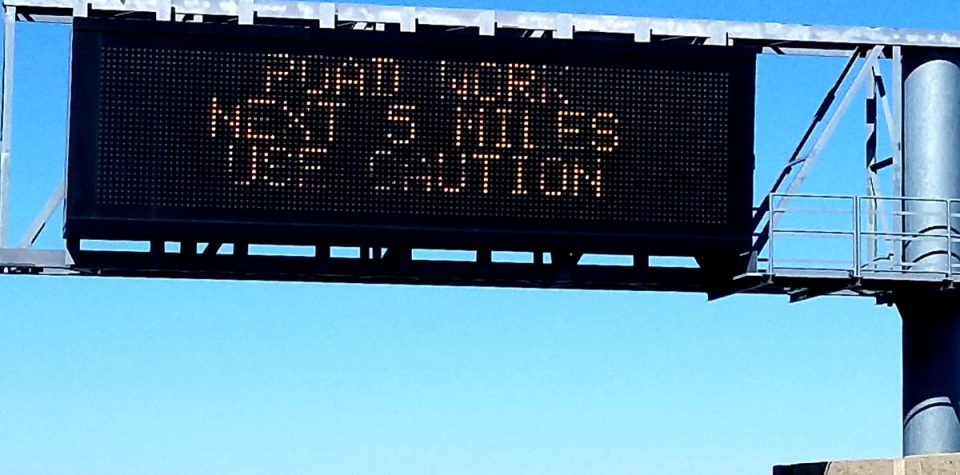Modern roadways are no longer just paved paths marked with static signs. Increasingly, they are being enhanced with dynamic signage – electronic, real-time displays that respond to traffic conditions, weather, emergencies, and construction zones. These smart signs are revolutionizing highway safety and traffic efficiency by delivering timely, situation-specific information to drivers when it matters most.
What Is Dynamic Signage?
Dynamic signage, also known as variable message signs (VMS), are programmable electronic displays typically placed along highways, interstates, and busy arterials. Unlike traditional signs, dynamic signs can be updated instantly from a central traffic management center or through automated systems connected to sensors and traffic-monitoring equipment.
These signs can display a wide range of messages, such as:
- Speed limit changes during poor weather or congestion
- Amber Alerts and missing person notifications
- Crash warnings or lane closures ahead
- Detour instructions due to construction or flooding
- Travel times and traffic conditions
How Does It Work?
Dynamic signage is often part of a larger Intelligent Transportation System (ITS). Here’s how the process typically works:
- Sensors and Cameras: Traffic sensors and roadway cameras detect vehicle speeds, traffic volumes, and incidents.
- Weather Stations: On-site stations monitor local weather conditions like fog, snow, ice, or high winds.
- Data Processing: This information is sent in real time to a central traffic operations center.
- Automated or Manual Updates: Based on predefined triggers (like sudden speed drops or poor visibility), messages are automatically updated—or traffic operators post new messages based on incoming reports.
- Driver Notification: Drivers see these alerts in real time, allowing them to slow down, change routes, or prepare for upcoming hazards.
Why Is Dynamic Signage Important?
Dynamic signage is more than just a convenience. It plays a critical role in preventing accidents and saving lives. Here’s how:
- Reduces Reaction Time: By alerting drivers to hazards ahead, dynamic signs give motorists the opportunity to slow down or make safer driving decisions.
- Improves Traffic Flow: By warning of congestion or suggesting alternate routes, these signs help prevent bottlenecks and secondary crashes.
- Increases Compliance: Drivers are more likely to follow instructions or reduce speed when they understand the reason (e.g., “Ice Ahead,” “Crash in Right Lane”).
- Supports Emergency Response: During natural disasters, major accidents, or public safety events, these signs can help direct traffic away from danger or toward evacuation routes.
Real-World Example
Imagine driving down a highway on a winter night. Visibility is fine, but the road ahead has started to glaze over with black ice. Dynamic signs detect the drop in pavement temperature and moisture level and instantly change to warn:
“ICY CONDITIONS NEXT 5 MILES – REDUCE SPEED TO 45 MPH”
Without that notice, a driver might continue at 65 mph, until it’s too late.
Dynamic signage is a modern safety essential. As our roadways grow smarter, these responsive systems are proving to be invaluable tools in the mission to reduce crashes, inform the public, and keep traffic flowing safely.
At Safe Highway Solutions, we support the implementation of smart technologies that enhance safety and save lives. Dynamic signage is a shining example of how infrastructure and innovation can work hand-in-hand for a safer tomorrow.
